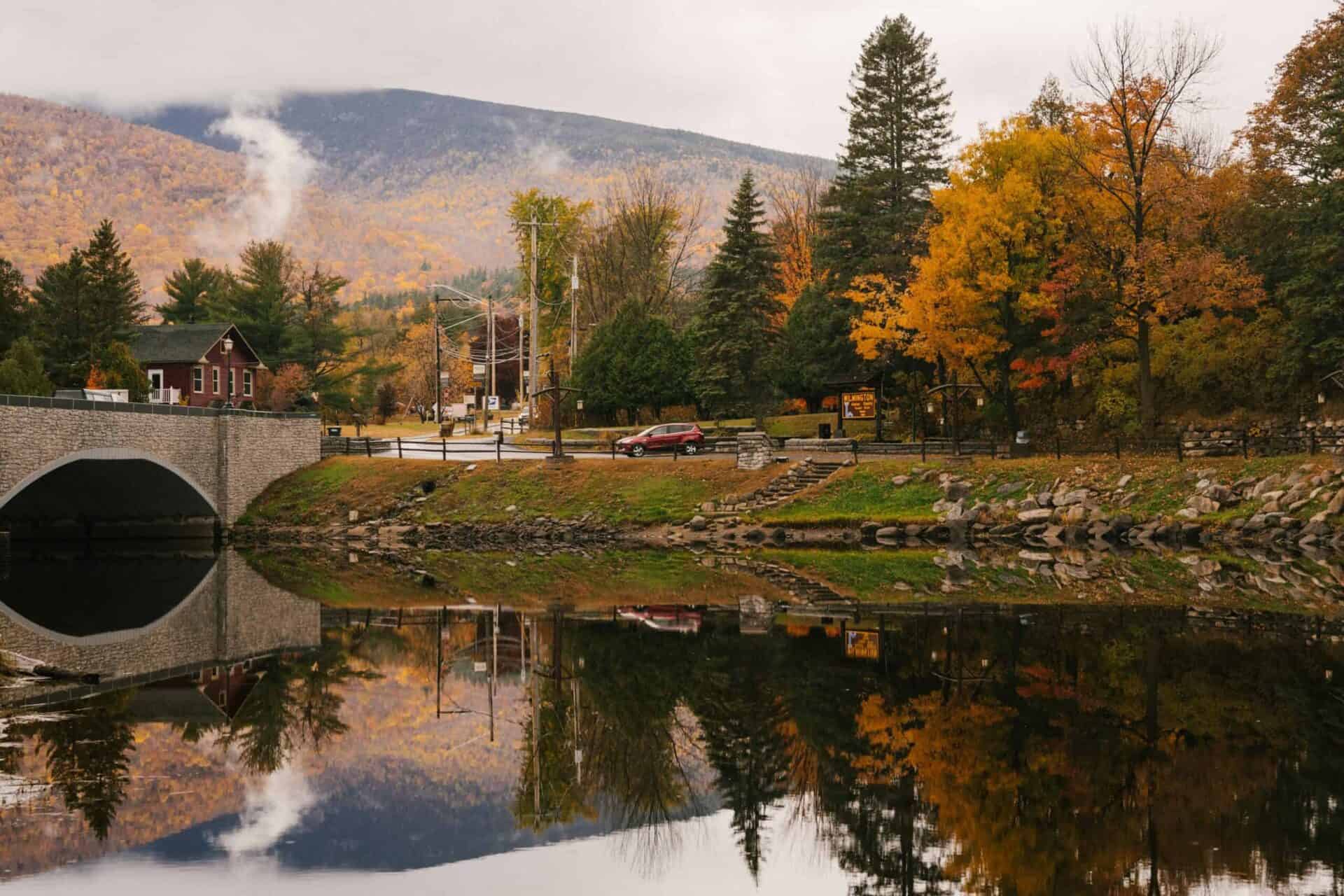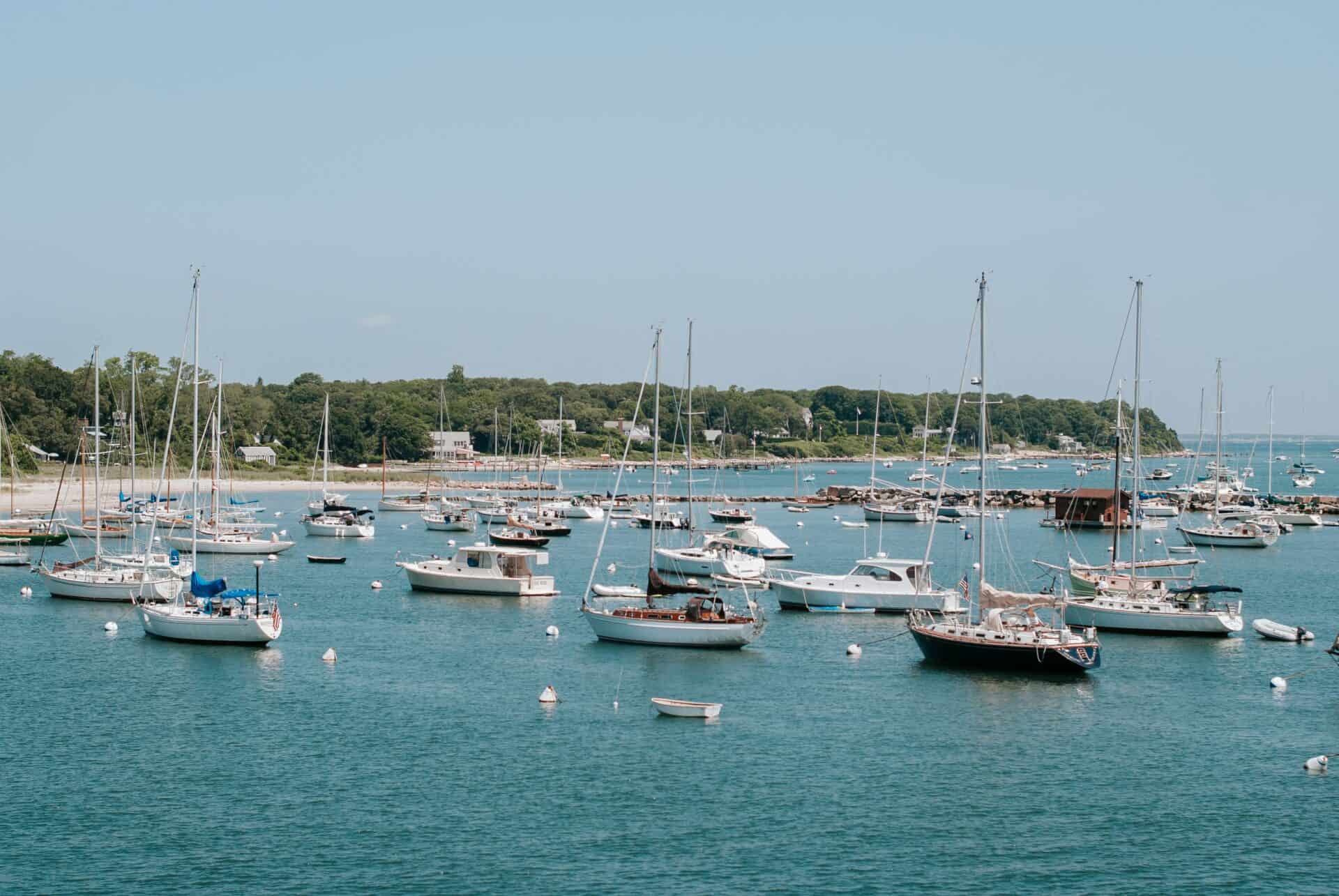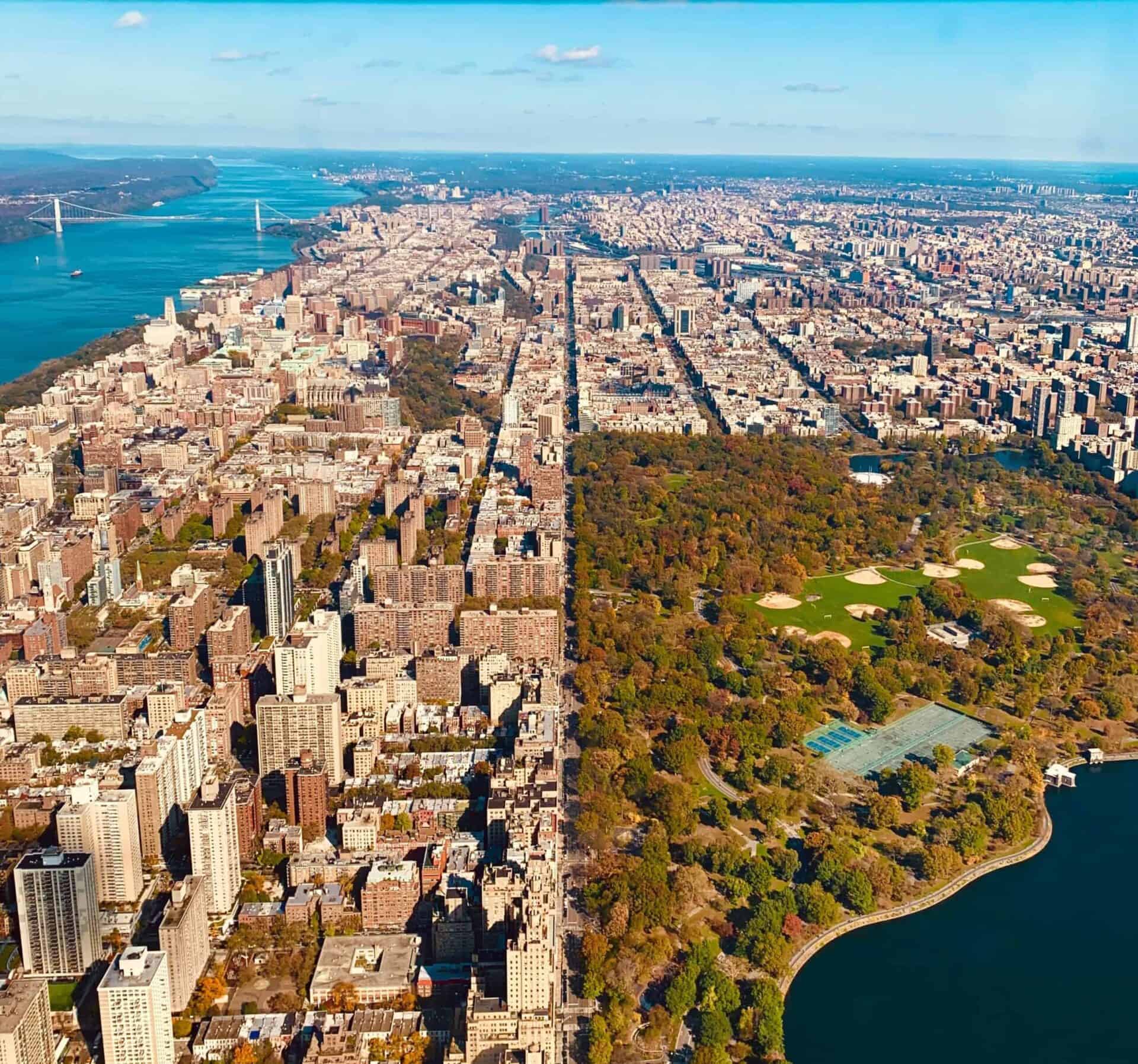
Winter Wonders: A Route 1 Journey Through New England’s Festive Season
Route 1’s winter character emerges once summer crowds disperse, revealing a different side of New England’s coastal communities. From historic celebrations to wildlife viewing, this stretch of highway offers unique winter experiences for those willing to brave the cold.
Colonial Christmas Celebrations: Historical Towns Light Up
TL;DR: Portsmouth, Newburyport, and Salem offer authentic colonial winter experiences with fewer tourists. Best visited mid-week; many sites offer free or reduced winter admission.
Portsmouth, New Hampshire anchors the northern portion of Route 1’s historic district. The city’s winter season centers around Strawbery Banke Museum’s annual candlelight stroll, but the real charm lies in the South End neighborhood. Listed on the National Register of Historic Places, this area maintains the largest concentration of surviving colonial-era homes in the region. Unlike the commercially developed downtown, strict preservation guidelines protect its historical integrity.
The Portsmouth Athenaeum, open Wednesday through Saturday with free admission, provides a peaceful alternative to busier attractions. Its winter reading room offers a glimpse into the city’s maritime past through original documents and artifacts, while the exhibition gallery features rotating displays of local history.
Newburyport’s Federal-style Market Square, developed between 1811 and 1826, becomes particularly atmospheric in winter. The Custom House Maritime Museum, housed in a striking 1835 building, delves deep into the city’s maritime trade history through artifacts and original documents. While weekend crowds can fill the downtown area, weekday visitors often have these historic spaces nearly to themselves.
Essential winter visitor information for Newburyport:
- Custom House Maritime Museum: Open Tuesday-Saturday, $12 admission
- Downtown parking: Free after 5 PM in municipal lots
- Historic district walking routes: Self-guided tours available from visitor center
Salem’s winter identity shifts dramatically from its October focus. The Salem Maritime National Historic Site, established in 1938 as the first National Historic Site in the United States, provides vital context for the city’s seafaring heritage. Derby Wharf Light Station, built in 1871, remains accessible throughout winter, offering dramatic views of Salem Harbor in its starkest season.
Coastal Winter Wildlife: Seals, Snow Geese, and Winter Birding
TL;DR: Best wildlife viewing is at dawn at Rachel Carson and Plum Island refuges. Expect harbor seals, snow geese, and occasional snowy owls. Dress warmly and bring binoculars.
The Rachel Carson National Wildlife Refuge protects 9,125 acres of salt marshes and estuaries across 50 miles of coastline. Winter transforms these wetlands into crucial habitat for migrating waterfowl and resident wildlife. Harbor seals frequently haul out on exposed rocks during low tide, particularly in early morning hours. The refuge’s headquarters trail, maintained year-round, provides 1.8 miles of accessible wildlife viewing.
Plum Island Wildlife Refuge encompasses 4,662 acres of protected habitat, including 6.5 miles of sandy beach. Winter brings hundreds of snow geese to the salt marshes, while snowy owls occasionally appear during irruption years. The refuge’s North Pool Overlook offers sheltered wildlife viewing, though winter visitors should dress appropriately for exposed conditions.
Mountain Detours: Ski Towns and Winter Sports
TL;DR: Mount Agamenticus offers 40+ miles of winter trails with ocean views. Learning Lodge open weekends; no admission fee. Less crowded alternative to commercial ski resorts.
Mount Agamenticus stands as a unique coastal highland, its 692-foot summit providing views from the Atlantic Ocean to the White Mountains. The conservation region protects 10,000 acres of land, making it the largest coastal forest between Boston and Portland. Winter transforms this landscape into a quiet recreational haven, with 40-plus miles of trails accessible to hikers, snowshoers, and cross-country skiers.
The mountain’s Learning Lodge, open weekends throughout winter, serves as both an educational center and warming hut. Its exhibits detail the area’s natural history, while local naturalists often lead winter ecology programs. The summit road, though weather-dependent, provides access to sweeping coastal views that extend to the Isle of Shoals on clear days.
Warming Up: Historic Inns and Comfort Food
TL;DR: Winter brings 30-40% discounts on historic inns. Best local seafood found at working pier restaurants. Skip tourist spots for authentic harbor-side dining.
Winter lodging along Route 1 ranges from historic inns to renovated sea captains’ homes. Portsmouth’s West End, once overlooked by tourists, now houses some of the city’s most interesting dining options. Many historic buildings have been carefully converted into intimate restaurants that emphasize local seafood and seasonal ingredients.
Finding authentic winter accommodation requires looking beyond the heavily advertised options. The historic district houses several small inns that date to the 18th century, many featuring original architectural details and working fireplaces. These properties typically offer 8-12 rooms, providing a more personal experience than larger hotels.
The most authentic winter dining experiences often hide in plain sight. Historic fishing piers house restaurants that serve traditional New England fare without pretense. These establishments typically source seafood directly from local boats, with menus changing based on the day’s catch. While summer visitors focus on lobster rolls, winter brings out the best in hearty seafood stews, fresh haddock, and local shellfish.
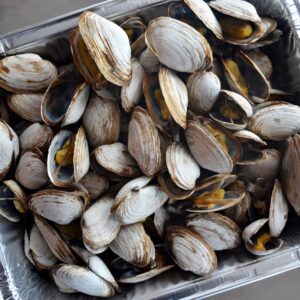
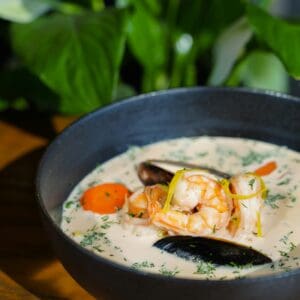

Key winter comfort foods to seek out:
- Fish chowder (distinctive from clam chowder, often featuring haddock or cod)
- Salt cod cakes (traditional winter preservation method)
- Steamed mussels (peak season December-February)
Off-Season Savings: Making the Most of Winter Rates

Winter brings significant price reductions throughout Route 1’s historic districts. Most inns reduce their rates by 30-40% between January and March, with additional discounts for mid-week stays. Many historic properties offer winter packages that include meals and museum passes, creating better value than peak-season rates.
The post-holiday period, particularly mid-January through February, offers the best combination of availability and value. Historic properties that command $300+ per night in summer often drop below $200, while still providing the same level of service and amenities.
Winter Weather Considerations
Route 1’s coastal location creates unique winter weather patterns that visitors should understand. While inland areas might be dealing with heavy snow, the coast often experiences milder conditions due to ocean effects. However, this can also mean rapid weather changes and a challenging mix of precipitation types.
Winter driving along Route 1 requires attention to changing conditions. The road follows the coastline closely, making it susceptible to ocean-effect snow and ice. Major towns maintain their sections well, but stretches between communities may see different treatment levels during storms.
Essential winter travel considerations:
- Most historic sites maintain winter hours but may close during severe weather
- Coastal storms can cause rapid condition changes
- Call ahead during questionable weather as hours may shift
- Many small museums operate with reduced winter schedules
Photography Opportunities
Winter light along Route 1 creates distinctive photography conditions, particularly during the “golden hours” around sunrise and sunset. The low angle of the winter sun, combined with coastal atmospherics, produces dramatic natural lighting. Historic architecture stands out clearly against snow-covered landscapes, while winter seas create moody backdrops for lighthouse photos.
Early morning hours offer the best combination of light and solitude for photography. Historic districts are typically quiet before 9 AM, allowing unobstructed architectural shots. Winter sunrises, occurring later in the morning, are more accessible than during summer months.
Conclusion
Route 1’s winter season reveals a more authentic New England, one where historic communities maintain their traditional character without summer’s tourist overlay. While some attractions reduce hours or close entirely, winter visitors gain access to a more genuine experience of coastal life. The key to enjoying Route 1 in winter lies in embracing the season’s quiet nature, understanding local patterns, and being flexible with plans as weather conditions change.
The reward for winter exploration comes in discovering these communities as year-round residents experience them. From historic architecture dusted with snow to working harbors active with winter fishing, Route 1 offers a genuine glimpse into New England coastal life that summer tourists rarely encounter.
This guide serves as a starting point for winter exploration along Route 1. While specific businesses and attractions may change their winter operations, the fundamental character of these historic coastal communities remains consistent through the season. Visitors willing to dress for the weather and remain flexible with their plans will find winter offers unique opportunities to experience New England’s coastal heritage.
